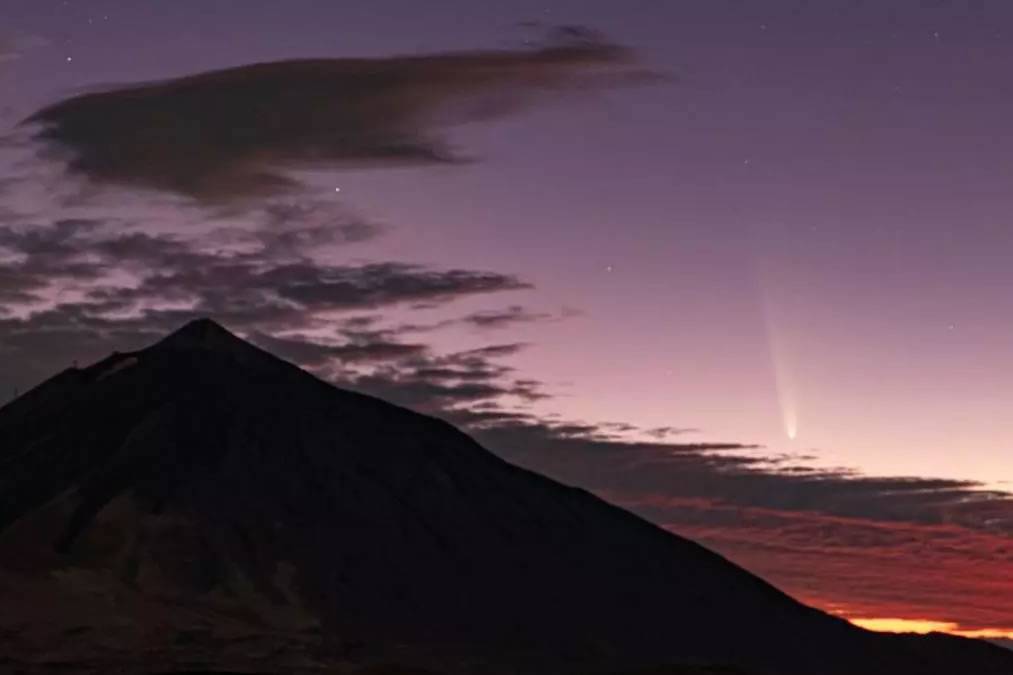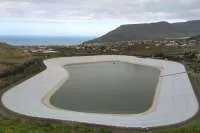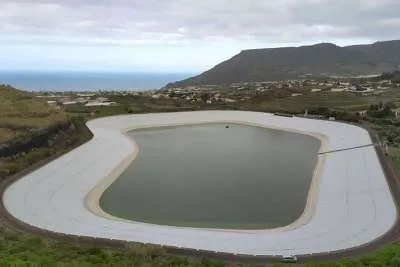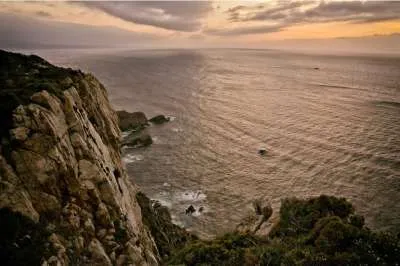VIDEO: 'Comet of the Century' spotted from Teide Observatory in Tenerife
- 14-10-2024
- Tenerife
- Canarian Weekly
- Photo Credit: Teide Observatory
On Saturday night, October 12th, the world was treated to the second visible sighting of the C/2023 Tsuchinshan-ATLAS, dubbed the ‘Comet of the Century’. Captured in a timelapse video from the Teide Observatory on Izaña mountain in Tenerife, this rare celestial event continues to dazzle stargazers across the globe.
The comet was first visible to the naked eye between September 27th and 29th, but its latest appearance on October 12th has left observers in awe.
According to Alfred Rosenberg, an astrophysicist and public outreach expert at the Canary Islands Institute of Astrophysics (IAC), the ideal time to catch this extraordinary sight will be over the next few days, from tonight, Monday through to Wednesday. Each day, the observation window will extend by 15 minutes, making it easier to see.
Although Rosenberg acknowledges that calling it the "comet of the century" might be an exaggeration, he notes that it’s long and faint tail makes it a mesmerising spectacle. For those keen to observe it, binoculars are highly recommended to enhance the view.
A Rare and Final Sighting
What makes this comet even more special is the knowledge that this is a once-in-a-lifetime event. Discovered in South Africa last year, initial predictions indicated that the comet would shine more brightly. However, its visibility remains breathtaking, especially considering that it will never be seen from Earth again. The C/2023 Tsuchinshan-ATLAS has shifted from a parabolic orbit to a hyperbolic one, meaning it will soon drift away from our solar system forever.
Stargazers have until October 25th to witness this celestial marvel. The optimal viewing days are expected to be October 19th and 20th, following the full moon on October 17th when the comet’s brightness will stand out even more against the night sky. Rosenberg explains that the clarity of the view will depend on various factors, including the comet’s proximity to the Sun, the moonlight, and local weather conditions.
Comets like this one are made up of frozen materials that sublimate (turn into gas) as they near the Sun, causing them to shine more brightly. Although the comet will fade as it moves away from the Sun, it may appear brighter as it gets closer to Earth.
So, for those in Tenerife and beyond, the coming nights offer a rare chance to witness a celestial wonder that may never return. Keep your binoculars handy and your eyes on the sky for an unforgettable cosmic experience!



























































